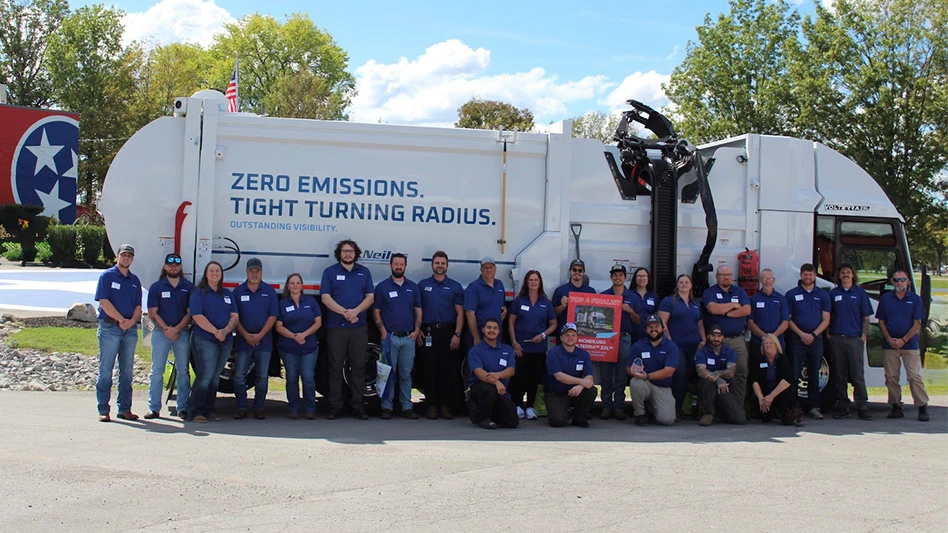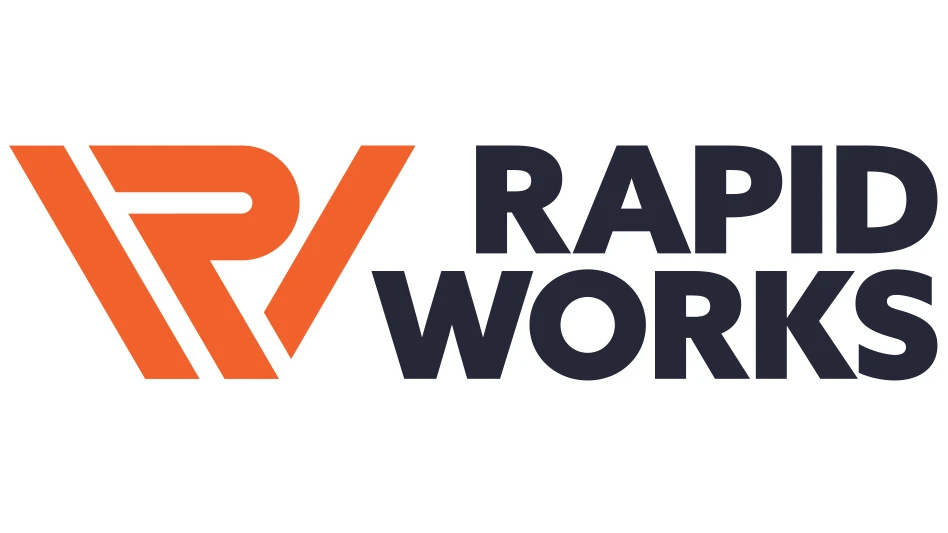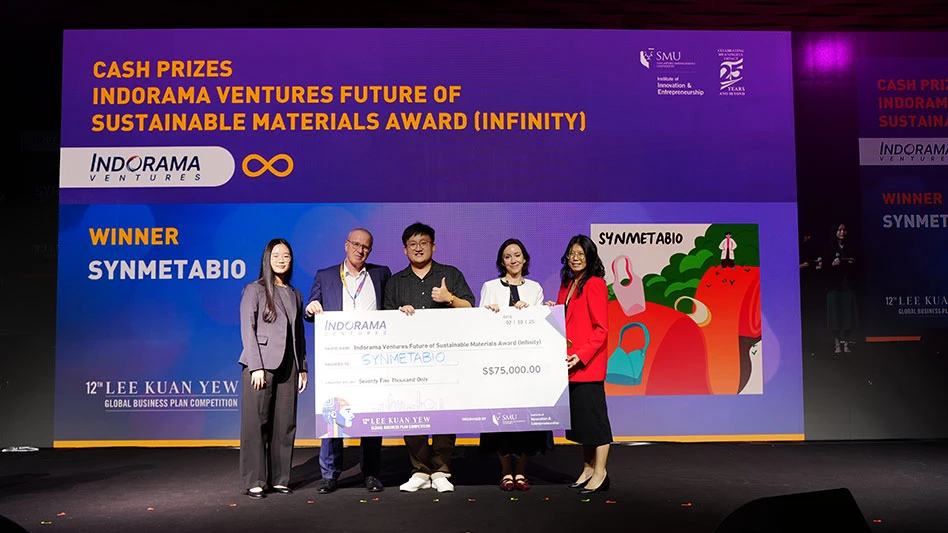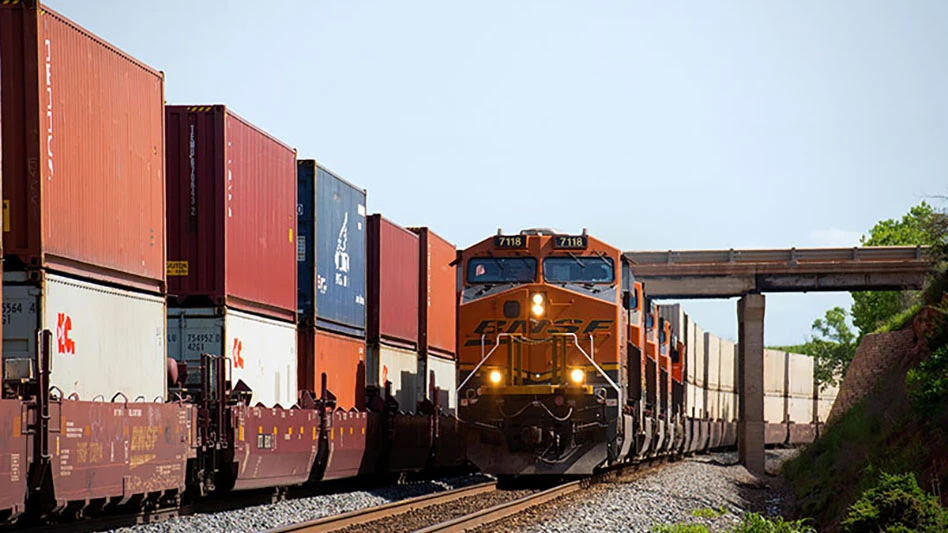
Photo courtesy of Tomra System ASA
The Tomra Collection business unit of Norway-based Tomra System ASA, a maker of reverse vending machines (RVMs) for beverage container recycling, says its newest models include options for five new reverse vending concepts designed to improve the RVM experience for users or retailers.
Listed first among the five is the “multifeed” reverse vending feature introduced by Tomra in 2021. In that RVM configuration, consumers can pour entire bags of aluminum cans and plastic bottles into an RVM “in one go rather than inserting containers one by one,” says Tomra.
The company says the design “has taken off” since the debut of the Tomra R1 machine, which it describes as “tailor-made for stores with high volumes.” Now, says Tomra, it is unveiling a new multi-feed concept “suitable for a wider range of stores, of all sizes.”
With Tomra R1s, stores on average see an 86 percent increase in containers returned and a 33 percent rise in consumer sessions, the company says. “We have had huge interest from retailers and consumers in the more convenient and engaging multifeed innovation,” says Gudbrand Arnesen of Tomra Collection. “Our new concept means multifeed recycling is for everyone: soon all retailers can offer this new standard in reverse vending.”
The new model offers a smaller physical footprint, allowing retailers to reuse existing backroom space, says Tomra.
The company also is modifying its single-feed RVMs, with such new features as a larger in-feed cone with guidance lights, and a proximity sensor that prompts the machine to “wake up” and greet a consumer when they approach.
A third modification involves storage cabinets with added height to their dimensions. “Designed for small to medium stores seeking space-efficient solutions, the backroom concept gives a flexible layout for cabinets, enabling it to fit most stores,” states Tomra.
The company’s fourth modification involves a digital concept tied to an app “with dashboards for both staff operating a store’s RVMs and for store management and administration,” says Tomra. Features of the app include notifications about actions required at the machine (such as bins approaching full capacity) and maintenance information.
Finally, a Tomra “smart service” concept has been designed to show retailers “the health and status of RVM components and notifies reverse vending operators about action needed or Tomra servicing activities underway,” the company says.
Sponsored Content
Tackling the Extreme Grind
Built for the toughest applications, our Heavy Duty Granulators and Shredders deliver high-quality output, less waste, and efficient operations. With rugged designs and unmatched reliability, they’re ready for the extreme grind—keeping your production line moving and your recycling process profitable. Tackle more. Waste less. Perform at peak.
Get curated news on YOUR industry.
Enter your email to receive our newsletters.
Latest from Recycling Today
- ReMA to launch virtual fiber-focused event
- DuPont announces winners of Tyvek Sustainable Healthcare Packaging Awards
- HRH Metals gets new owner
- ESGL files provisional patent for acidic waste metal recovery technology
- Alabama awards $2.5M in grants to boost recycling efforts
- Sourgum expands services to Indianapolis
- Tomorrow Recycling seeks investment opportunities
- ArcelorMittal endorses EU steel trade measures








